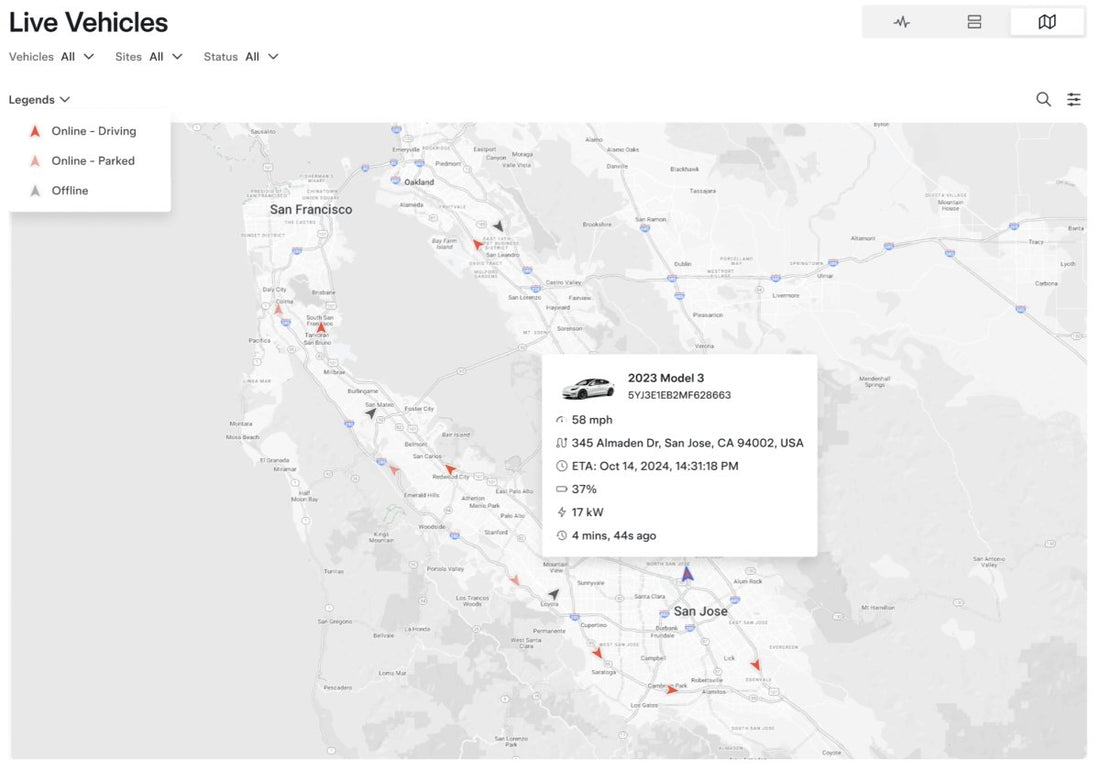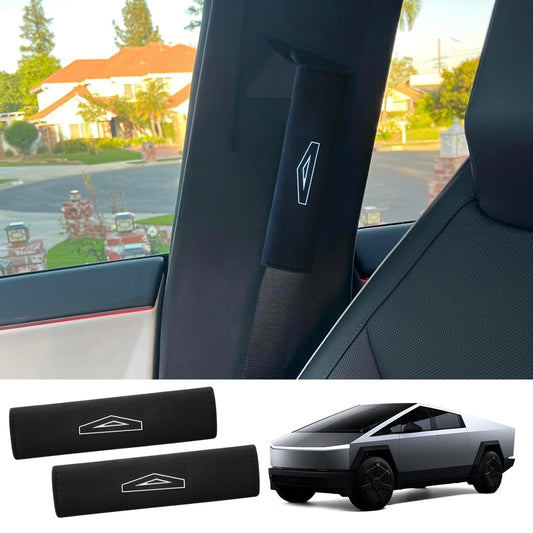Tesla has officially introduced a pricing structure for its API, which has been available for free to developers and enthusiasts for several years. The move comes after Tesla's 2023 rollout of its new API system, which was initially made available for free but came with some limitations. Now, with the official pricing in place, developers and users will see a significant shift in how they interact with Tesla’s vehicle data.
Pricing Overview: Pay-Per-Use Model
The new pricing model follows a pay-per-use structure, where users are charged based on the type and amount of data accessed. Tesla’s API offers various categories of data, such as Streaming Signals, Commands, Vehicle Data, and Vehicle Wakeups, with each carrying its own cost.
Here’s a breakdown of the costs:
Streaming Signals: $1 per 150,000 signals
Commands: $1 per 1,000 commands
Data: $1 per 500 data requests
Wakeups: $1 per 50 wakeups
While the lower-cost data categories like Streaming Signals and Commands are aimed at encouraging developers to minimize their data requests, other data types like Vehicle Data and Wakeups are considerably more expensive. The focus is clearly on encouraging developers to track real-time data rather than pulling extensive historical records or charging history.
For example, services that pull data at one-minute intervals could end up spending around $0.36 per day per vehicle, or approximately $10 per month. However, as data intervals become shorter or the amount of data pulled increases, the costs can rise quickly.
Personal Use Discounts
For personal users, Tesla offers a $10 monthly discount on the Fleet API, which covers basic data usage, including streaming, 100 commands, and two wakeups per day for up to two vehicles. This discount aims to help home users who wish to automate tasks or track basic data without incurring significant fees. However, the amount of data allowed under this plan is limited, and for users with multiple vehicles, the discount becomes less beneficial.
For example, if a home user wants to track basic vehicle stats and commands for two vehicles, they could quickly exceed the monthly $10 limit. With an average of 200 requests per week per vehicle, this usage can add up to around $21 per month, meaning the discount is often insufficient to cover the total costs.
Impact on Third-Party Developers
The API pricing will have a substantial impact on third-party developers, especially those relying on frequent data pulls for their apps. For popular services, this could mean costs exceeding $50 per vehicle per month, making it necessary for developers to adjust their business models. Many will need to shift to using the Streaming API, which offers more affordable data usage but requires modifications to how data is collected.
Developers will also need to optimize their data requests and consider raising subscription prices to cover the increased costs, while adjusting to Tesla’s stricter data access policies.
Older Tesla Models and API Limitations
One limitation of the new API is that older Model S and Model X vehicles (pre-2020) do not support the streaming API. This means that many third-party apps will no longer be able to offer services for these vehicles. Tesla’s decision to limit streaming data access to newer models may exclude a significant portion of their customer base from the API’s benefits.
Conclusion
While Tesla’s move to introduce API pricing makes sense from a business perspective, it could lead to higher costs for both individual users and developers. Home users with basic automation needs may find the cost of API access prohibitive, and third-party services will need to find ways to optimize their usage or increase prices to accommodate the new charges. It remains to be seen whether Tesla will make any adjustments to ensure the API is more accessible and affordable for all users, especially those with older vehicles or limited budgets.

















